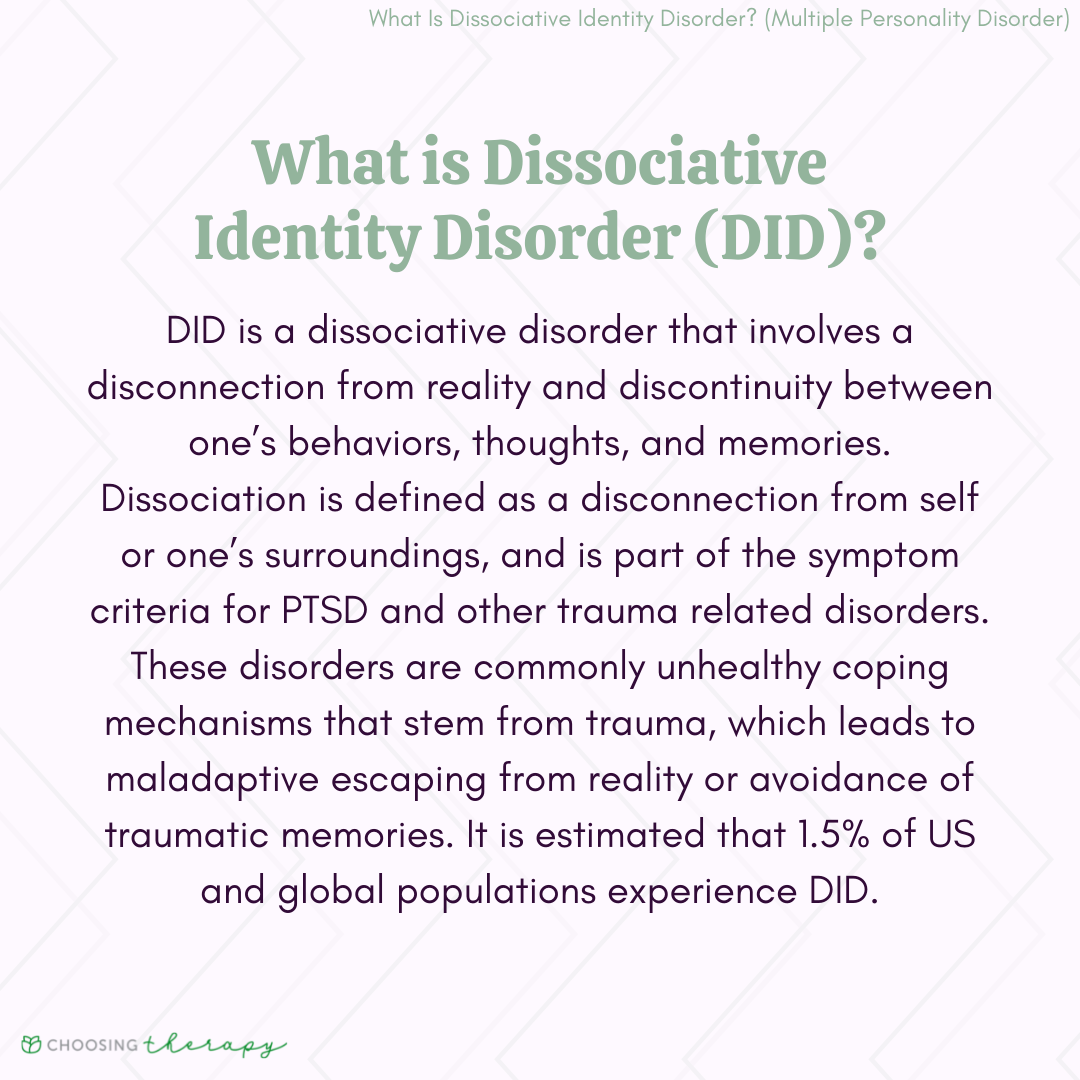The Transition from Hunter-Gatherers to a Sedentary Lifestyle: How Early Humans Settled and Shaped Civilization
Introduction: From Mobility to Settlement
For over 99% of human existence, people lived as hunter-gatherers-constantly on the move, adapting to seasonal changes and relying on wild plants and animals for sustenance. Around 14,000 to 9,000 years ago, a profound transformation began as some groups settled in permanent villages, developing new ways to survive and thrive. This shift, known as the transition to sedentism , laid the groundwork for agriculture, complex societies, and the rise of modern civilization [3] , [2] .
Why Did Hunter-Gatherers Settle Down?
The reasons behind the shift from a nomadic to a sedentary lifestyle are multi-layered and regionally varied. Several key factors played roles, often interacting in complex ways:
- Environmental Pressure: As climates shifted after the last Ice Age, some regions experienced more stable and productive environments that supported year-round food resources. This allowed people to remain in one place for longer periods [2] .
- Resource Abundance: Areas with rich wild grains, fish, or game encouraged longer occupation, leading to semi-permanent camps that eventually became permanent settlements [3] .
- Population Growth: As food resources became more predictable, populations grew. Larger groups required more organization and stability, favoring the development of permanent dwellings and villages [4] .
- Technological Innovation: Advances in tool-making, food storage, and plant management enabled people to exploit resources more efficiently and sustain larger, denser communities [3] .
The Agricultural Revolution: Foundation of Sedentism
The most decisive factor in the move to a sedentary lifestyle was the development of agriculture, known as the Neolithic Revolution . This process began in the Near East (modern Israel, Palestine, Jordan, Syria, Lebanon, Turkey, Iraq, and Iran) between 14,000 and 9,000 years ago. Early humans started cultivating wild plants and domesticating animals, which provided a more reliable and plannable food supply than foraging alone [3] , [4] .
As agriculture spread, communities grew larger and more permanent. The ability to store surplus food reduced the risk of famine and allowed populations to expand. Villages evolved into towns and eventually cities, forming the backbone of early civilizations.
Step-by-Step: How the Transition Happened
The change from a mobile hunter-gatherer existence to a sedentary, agricultural one occurred gradually and unevenly across the world. Here is a step-by-step outline of how this transformation typically unfolded:
- Seasonal Camps: Groups began to return to the same resource-rich locations each year, often building semi-permanent structures.
- Resource Management: Over time, people started actively managing wild plants (e.g., tending, selective harvesting) and animals (e.g., penning, selective breeding).
- Permanent Settlements: As dependence on cultivated plants and domesticated animals increased, groups built more permanent homes and storage facilities.
- Village Formation: Multiple families or clans settled together, sharing labor and resources, leading to the formation of villages.
- Expansion and Innovation: Sedentary communities developed new tools, pottery, and social structures, further reinforcing their settled way of life [4] , [3] .
Real-World Examples and Case Studies
Archaeological sites such as Kharaysin in Jordan provide direct evidence of this transition. There, researchers have uncovered early houses and evidence of plant and animal domestication dating back 11,000 years. These settlements show how people adapted their environments and social organization as they shifted from foraging to farming [3] .
In North America, evidence for sedentism appears around 4,500 BC, while in South America, it dates as early as 5,500 BC. However, the process was not universal or immediate-nomadic and sedentary lifestyles coexisted for thousands of years, and some groups never adopted full sedentism [2] .
Social and Cultural Changes
The shift to sedentism brought sweeping social and cultural changes:
- Population Growth: Reliable food supplies supported more people, leading to village and city life.
- Social Organization: Sedentary life required new forms of cooperation, division of labor, and social hierarchy.
- Trade and Innovation: Permanent settlements facilitated trade, technology, and the accumulation of wealth or resources.
- Health Impacts: While populations grew, diet often became less diverse, leading to new health challenges associated with reliance on staple crops and close-quarters living [4] .
With sedentism came the first written records, organized religion, and monumental architecture, marking the dawn of recorded history.
Challenges and Solutions in the Transition
The move to sedentary life was not without drawbacks. Early farmers faced crop failures, new diseases, and social tensions. Overcrowding and dependence on certain crops could lead to famine or malnutrition. Communities responded by developing irrigation, crop rotation, and food storage techniques to buffer against shortages. Social innovations such as councils, laws, and religious practices helped manage conflict and cooperation.
Even today, the legacy of this transition shapes how we live, work, and structure our societies. Understanding the origins of sedentism provides insights into modern challenges and opportunities in community building, resource management, and health [1] , [5] .
How to Learn More or Get Involved
If you are interested in exploring this topic further or accessing related resources, consider the following steps:

Source: tanyajpeterson.com
- Visit major museum websites such as the Smithsonian National Museum of Natural History for educational materials on early agriculture and settlement.
- Search academic databases like JSTOR, ScienceDirect, or Google Scholar for peer-reviewed articles on the Neolithic Revolution, sedentism, and early village life.
- Contact local universities or archaeology departments for public lectures, online courses, or volunteer opportunities in fieldwork or research.
- Explore reputable online resources, such as the National Geographic Society or Encyclopaedia Britannica, for accessible summaries and feature articles on human prehistory and the origins of civilization.
For specific advice on participating in archaeological projects or accessing academic resources, you can search for “archaeology volunteer programs” or contact museums and universities directly through their official websites. Always verify the credibility of organizations before engaging in any program.

Source: choosingtherapy.com
Summary and Key Takeaways
The transformation from hunter-gatherer mobility to a sedentary lifestyle was a gradual, complex process driven by environmental, social, and technological changes. The adoption of agriculture was fundamental, enabling the rise of villages, towns, and ultimately, complex societies. While the benefits included population growth and cultural advancement, new challenges arose in health and social organization. Today, the echoes of this ancient transition continue to shape the human experience.
References
- [1] PNAS (2020). Sitting, squatting, and the evolutionary biology of human inactivity.
- [2] Wikipedia (2024). Sedentism – History and effects.
- [3] Fundación Palarq (2019). From nomadic hunter-gatherers to sedentary farmers and ranchers.
- [4] Wikipedia (2024). Neolithic Revolution – Background and causes.
- [5] Frontiers in Physiology (2017). The sedentary (r)evolution: Have we lost our metabolic flexibility?
MORE FROM oncecoupon.com













